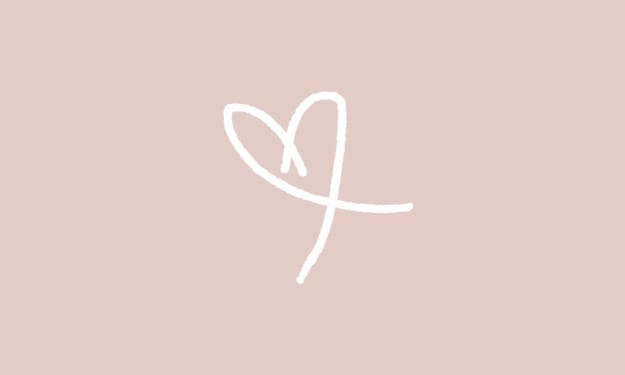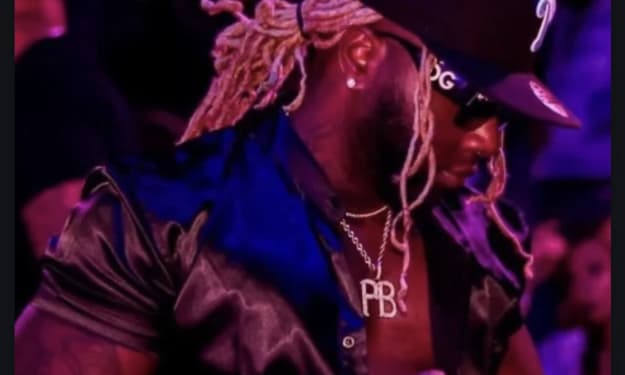
Like most people, my teenage years were drowned in broken hearts, lost friendships, and fashion trends that changed quicker than the seasons. Whenever I play my "feeling nostalgic" Spotify playlist, a playlist consisting of bands such as Sugarcult, Motion City Soundtrack, and Fall Out Boy (the early work), I get transported back to my jelly bracelet wearing days of scribbled notebook covers and home haircuts.
My teen years were tough and I used music to quite literally down out the noise from bullies and distract myself from unrequited "love". The early 2000's pop rock, punk rock, and alternative scenes were dominated by bands made up of white males. Don't get me wrong. I loved Simple Plan and still would die to see them in person but as a teen I wanted and needed to see more people like me. As an Asian American girl in the south, I often felt like I didn't belong anywhere wholeheartedly especially in the punk rock / emo scene. It wasn't until I discovered artists like Fefe Dobson that I began to feel more comfortable with myself and the things that I liked.
Fefe Dobson, a Canadian artist, came onto the scene with her self-titled album in 2003. I remember buying the CD, back when we had actual music stores, specifically because the girl on the cover looked powerful and looked like me! Of course, I do not share her Jamaican – Dutch roots but I resonated with her overall look as we shared similar features. As soon as I got home, I ripped the plastic off and hit play on stereo. I was immediately drawn in to the fast tempos and punk rock voice that came through my speakers. Her song, “Stupid Little Love Song” was practically my anthem for most of 7th grade. Fefe’s music career would continue on to release another album, a couple of singles, and even wrote songs that were eventually picked up by other teen idols like Miley Cyrus and Selena Gomez before staring in some indie films and breaking away from her record label to produce her own music.
Looking at her most recent interviews, it’s apparent that she held both the burden and hope for BIPOC (black, indigenous, and people of color) kids and adults in the punk rock / pop rock scene during her breakout career back in the 2000s because people like her, like us, weren’t being seen or taken seriously. Going back to my earlier statement, the pop rock/ punk rock scene was male dominated at the time but there were some other female artists such as Avril Lavigne, The Veronicas, and Flyleaf that were debuting and rising quickly. So, what about Fefe? In an article she quotes some of the questions that her manager would get at the time like "Do you really think this Black girl is going to do pop-rock and this will work?" We know racism exists in every facet of society but we never really think of music as being one of them. The music industry today is filled with musicians from all races and backgrounds dabbling between different genres of music. Would she have had better success today coming out as a black female artist doing pop rock? I think so. But in doing so, teens like me and especially black teens would have lost one of the very few musicians that we saw ourselves in.
In retrospect, Fefe Dobson paved the way for black, female, and female black musicians. I can’t help but to look at Lil Nas X for example. While his representation in both country and hip hop is ground-breaking there is still work to be done when it comes to black acceptance and celebration in music genres other than R&B, Rap, and Hip Hop. Like Fefe, we need more BIPOC female artists that are tearing down the veil between music genres. They’re out there for sure, we just need to make sure we are championing their music and their desire to be different.
About the Creator
Nicole K
she/her
artist, art history grad student, single mom
just a human trying to figure it all out...again
tips / likes / shares always appreciated friends!






Comments
There are no comments for this story
Be the first to respond and start the conversation.